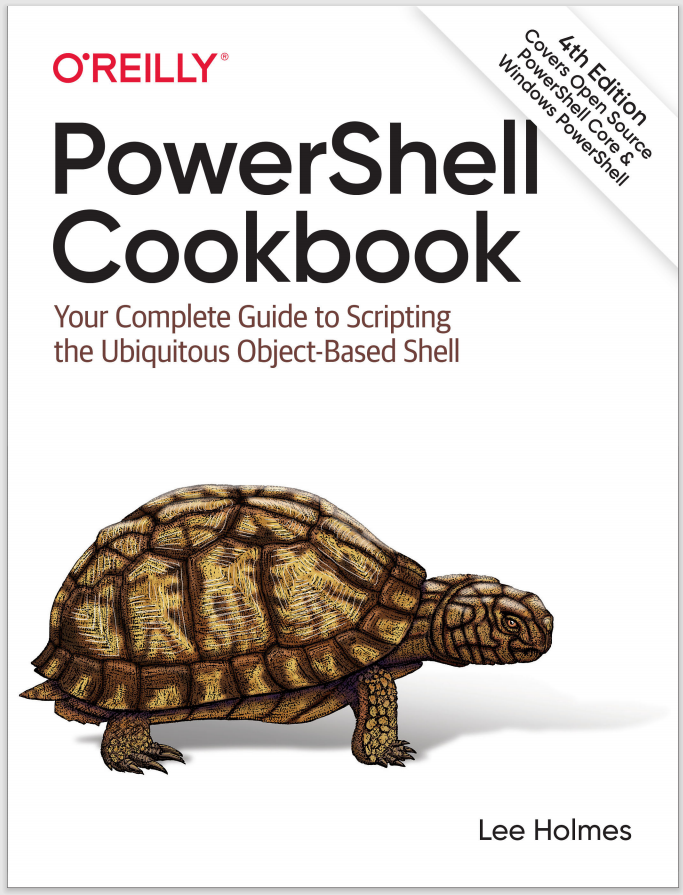Discussion
PowerShell’s array access mechanisms provide a convenient way to access either specific elements of an array or more complex combinations of elements in that array. In PowerShell (as with most other scripting and programming languages), the item at index 0 represents the first item in the array.
For long lists of items, knowing the index of an element can sometimes pose a problem. For a solution to this, see the Add-FormatTableIndexParameter script included with this book’s code examples. This script adds a new -IncludeIndex parameter to the Format-Table cmdlet:
PS > $items = Get-Process outlook,powershell,emacs,notepad
PS > $items
Handles NPM(K) PM(K) WS(K) VM(M) CPU(s) Id ProcessName
------- ------ ----- ----- ----- ------ -- -----------
163 6 17660 24136 576 7.63 7136 emacs
74 4 1252 6184 56 0.19 11820 notepad
3262 48 46664 88280 376 20.98 8572 OUTLOOK
285 11 31328 21952 171 613.71 4716 powershell
767 14 56568 66032 227 104.10 11368 powershell
PS > $items | Format-Table -IncludeIndex
PSIndex Handles NPM(K) PM(K) WS(K) VM(M) CPU(s) Id ProcessName
------- ------- ------ ----- ----- ----- ------ -- -----------
0 163 6 17660 24136 576 7.63 7136 emacs
1 74 4 1252 6184 56 0.19 11820 notepad
2 3262 48 46664 88280 376 20.98 8572 OUTLOOK
3 285 11 31328 21952 171 613.71 4716 powershell
4 767 14 56568 66032 227 104.15 11368 powershell
PS > $items[2]
Handles NPM(K) PM(K) WS(K) VM(M) CPU(s) Id ProcessName
------- ------ ----- ----- ----- ------ -- -----------
3262 48 46664 88280 376 20.98 8572 OUTLOOK
Although working with the elements of an array by their numerical index is helpful, you may find it useful to refer to them by something else—such as their name, or even a custom label. This type of array is known as an associative array (or hashtable). For more information about working with hashtables and associative arrays, see Recipe 7.13.
For more information on lists and arrays in PowerShell (including the array ranges and slicing syntax), see “Arrays and Lists”. For more information about obtaining the code examples for this book, see “Using Code Examples”.
